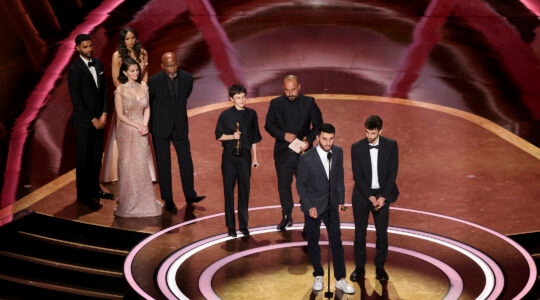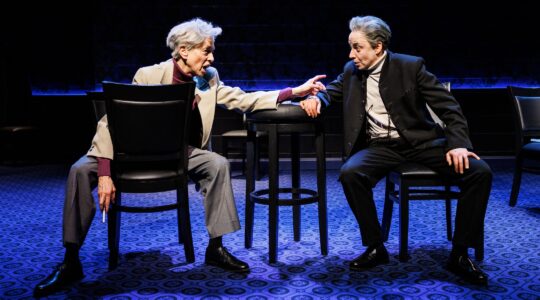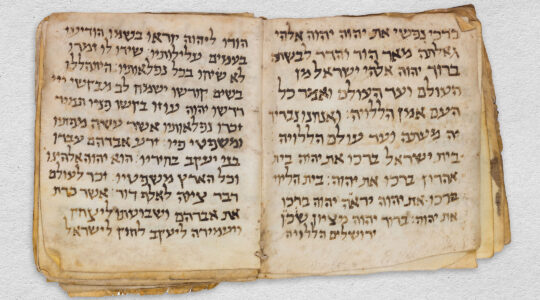The new Pew Research Center study “A Portrait of Jewish Americans” offers a treasure trove of survey data on American Jewry. It’s a particularly valuable service since the Jewish Federations of North America opted not do a repeat of the decennial National Jewish Population Survey to cap “the aughts.”
To be sure, many of the headline findings told us things that knowledgeable observers already knew (high levels of intermarriage, the fecundity of the Orthodox, rising assimilation and disaffiliation, etc.).
Then there are the surprises.
One truly bizarre result is the finding that a not insignificant proportion of Orthodox Jews — including haredim — are attending non-Jewish religious services with some regularity.
According to the survey, a full 16 percent of Orthodox Jews “attend non-Jewish religious services at least a few times a year.” The proportion is identical for Modern Orthodox Jews and what the survey describes as “ultra-Orthodox Jews” — 15 percent for both sub-groups. Shockingly, that’s slightly higher than the proportions of Reform Jews (15 percent) and non-denominational Jews (12%) who report attending non-Jewish religious services with similar frequency. (Are we to assume that sizable numbers of black-hatted haredim are ducking into churches or mosques for some interfaith davening on a semi-regular basis?)
The question that yielded this unusual result was: “And aside from special occasions like weddings and funerals, how often do you attend non-Jewish religious services?” (Perhaps taking into account the possibility of confusion on this question, there was a directive given to those conducting the interviews: “If respondent asks, clarify that we are interested in how often they attend religious services of a religion other than Judaism.”)
Given the traditional Orthodox prohibition on attendance at non-Jewish religious activities, the finding seems wholly implausible. Did large numbers of respondents completely misunderstand the question? Or are significant numbers of people who are not by any stretch of the imagination Orthodox, let alone ultra-Orthodox, identifying themselves as such? (I would guess the former would be the more likely answer.)
The study’s authors felt compelled to include the following explanatory footnote, which still fails to adequately explain the puzzling result: “Attendance at non-Jewish religious services is significantly less common among Orthodox Jews who live in areas with large Orthodox populations than it is among self-identified Orthodox Jews who live in areas of the country with fewer Orthodox Jews. Among Orthodox Jews reached in the high-density Orthodox stratum, 94% say they seldom or never attend non-Jewish religious services.”
Another related finding does seem more intuitive: Far fewer Orthodox Jews report having Christmas trees (4 percent) than their Reform counterparts (30 percent). Still, as one Twitter user noted: “I would really — really — like to meet the 1% of U.S. ultra-Orthodox Jews who reported having a Christmas tree.”
I would really — really — like to meet the 1% of U.S. ultra-Orthodox Jews who reported having a Christmas tree: http://t.co/j4FJGzr6ry
— Avi Mayer (@AviMayer) October 1, 2013
UPDATE: I should add that the survey’s margin of error for Orthodox respondents — given that only 517 were surveyed — was 9.1 percent. (And the margin was more than 12 percent for the “modern Orthodox” and “ultra-Orthodox” subsets.)
JTA has documented Jewish history in real-time for over a century. Keep our journalism strong by joining us in supporting independent, award-winning reporting.






